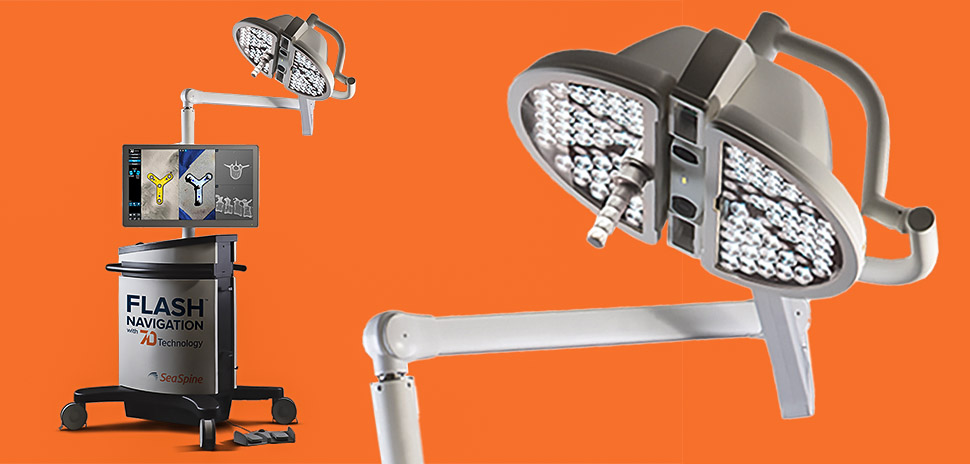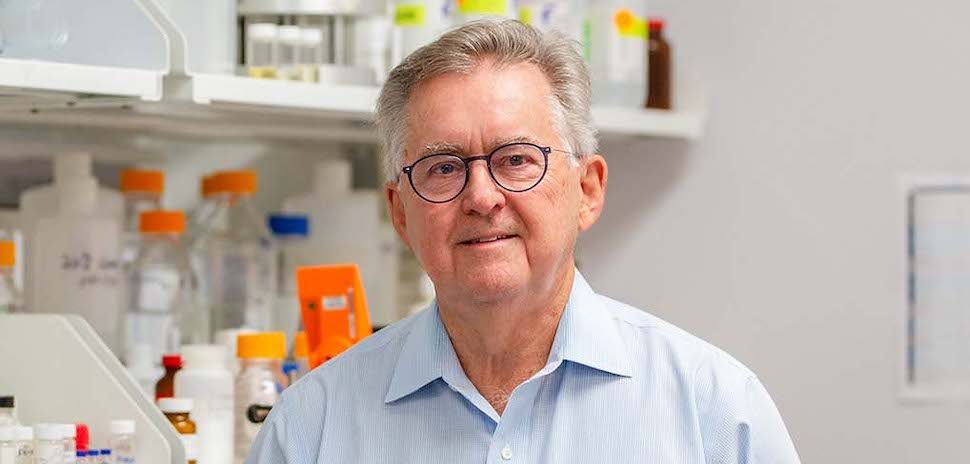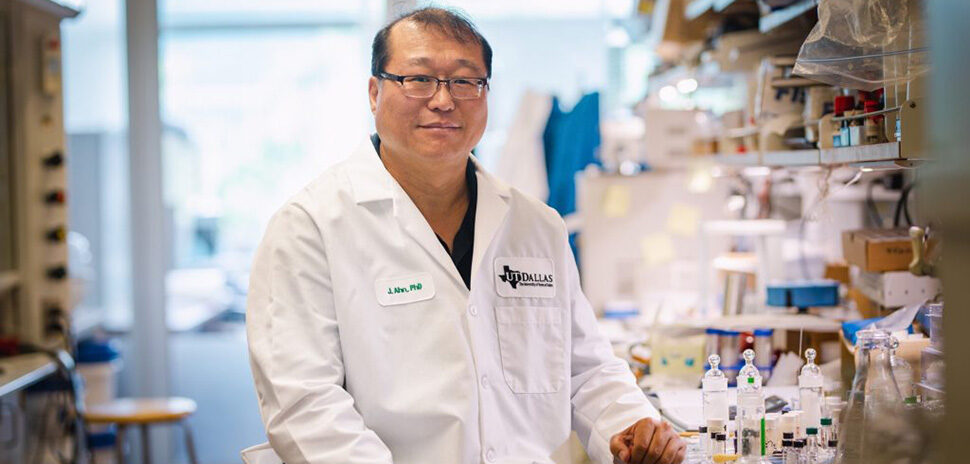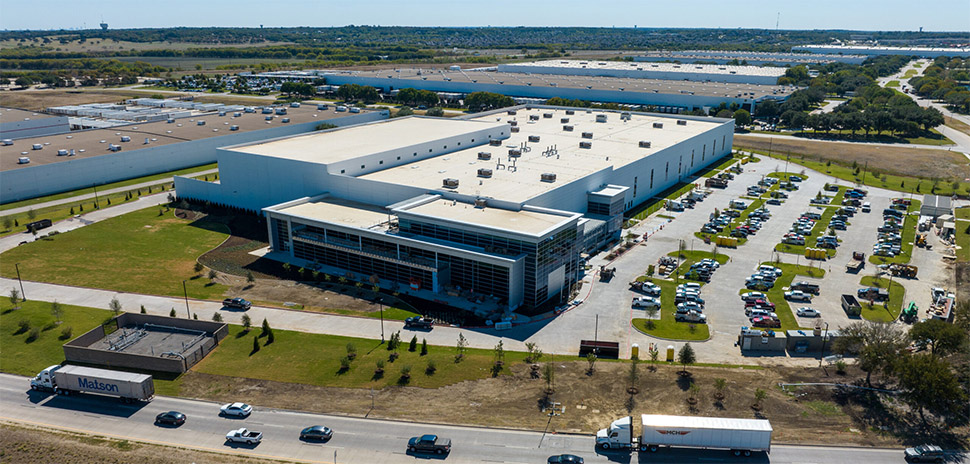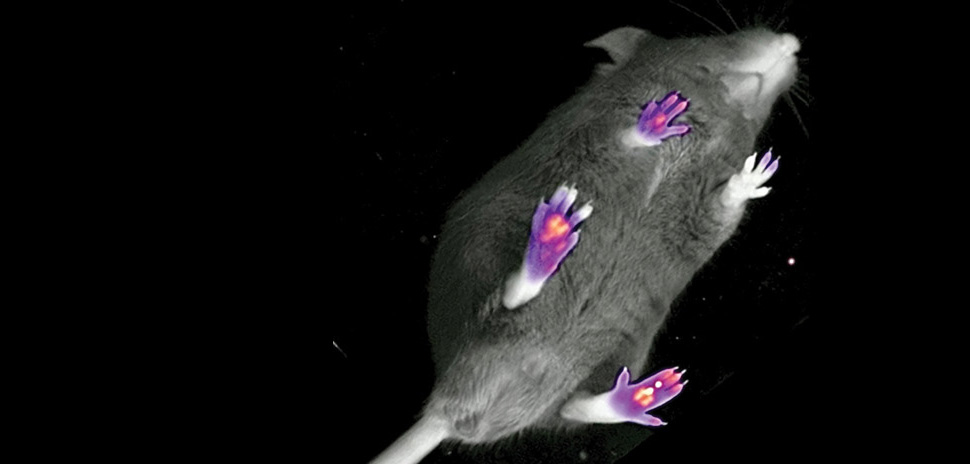Lewisville-based global spine and orthopedics company Orthofix Medical announced its full commercial launch of its 7D FLASH Navigation System Percutaneous Module 2.0 and the successful completion of the first cases in the U.S. using the system.
The module provides new planning features and increased functionality for the 7D FLASH Navigation System so that Orthofix can better serve the minimally invasive surgery spine market, which is estimated at roughly $1.8 billion in the U.S.
“We’re excited to complete our first cases using the Percutaneous Module 2.0,” Dr. Beau Standish, president of Global Enabling Technologies at Orthofix, said in a statement. “This launch expands the clinical functionality and utility of the 7D FLASH Navigation System by providing surgeons with a fully integrated procedural solution for MIS, including implant planning and an expanded offering of navigated tools.”
Standish said that the new application addresses the important MIS spine navigation market and “further positions the 7D FLASH Navigation System to be the navigation choice for a wide range of institutions from teaching hospitals to ambulatory surgery centers.”
Replaces standard X-ray imagery during back surgeries
According to Hartford HealthCare in Connecticut, the 7D Surgical FLASH Navigation System virtually replaces standard X-ray imagery, providing the surgical team with a fast, accurate and radiation-free tool for the placement of spinal implants.
Hartford said the 7D Surgical FLASH is “like a GPS for back surgery—helping surgeons pinpoint exactly where to focus.”
How it works
The system uses visible light to create a three-dimensional image for surgical navigation in seconds, “enabling faster and more efficient spinal procedures,” the company said.
Orthofix says it’s the only image-guidance system that utilizes novel and proprietary camera-based technology, coupled with machine-vision algorithms—eliminating many of the long-standing frustrations with other surgical navigation platforms.
The speed, accuracy, and efficiency of machine-vision technology is aimed at providing significant economic value and lower radiation exposure for staff and patients during open procedures, the company added.
Dr. Michael Hisey, an orthopedic surgeon at Texas Back Institute in Dallas, offered a positive review of the system.
“The 7D FLASH Navigation System provides a truly unique offering for both open and MIS procedures enabling us to perform navigated spinal fusion procedures without compromising safety, speed, and efficiency,” Hisey said in a statement. “The planning features of the Percutaneous Module 2.0 help optimize my navigation workflow and allow me to minimize surgical incisions during MIS procedures.”
Recent merger extends global reach
On January 5, Orthofix and SeaSpine merged to form a leading global spine and orthopedics company with a comprehensive portfolio of biologics, innovative spinal hardware, bone growth therapies, specialized orthopedic solutions, and the 7D FLASH system.
Its products are distributed in approximately 68 countries worldwide.
Headquartered in Lewisville, Orthofix has primary offices in Carlsbad, California, with a focus on spine and biologics product innovation and surgeon education, and Verona, Italy, with an emphasis on product innovation, production, and medical education for orthopedics.
The combined company’s global R&D, commercial, and manufacturing footprint also includes facilities and offices in Irvine, CA, Toronto, Canada, Sunnyvale, CA, Wayne, PA, Olive Branch, MS, Maidenhead, UK, Munich, Germany, Paris, France and Sao Paulo, Brazil.
For now, the combined company is operating under as Orthofix. A new name will be announced at a future date, the company said.
![]()
Get on the list.
Dallas Innovates, every day.
Sign up to keep your eye on what’s new and next in Dallas-Fort Worth, every day.










